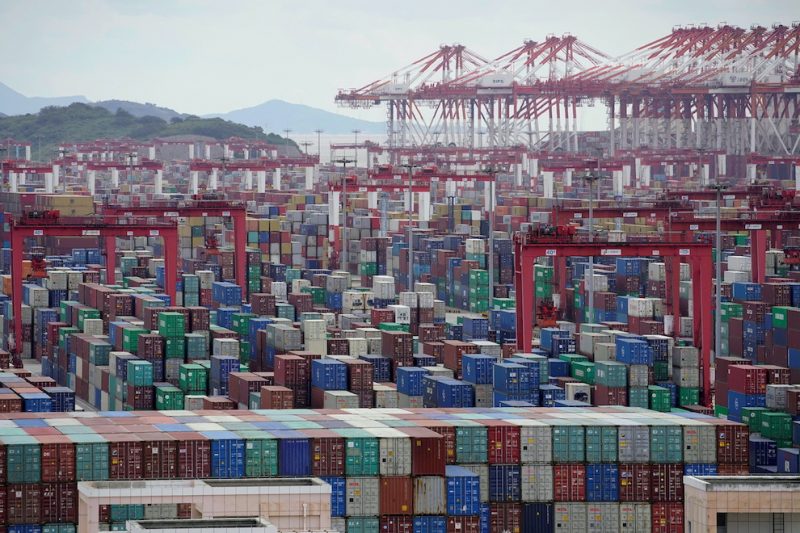(ATF) Government debt of the United States now exceeds US$24 trillion, which is more than its total GDP for one year, and does not include debts of individual states.
Meanwhile, China’s Ministry of Finance released data that put its national debt at approximately 16.5 trillion yuan at the end of the first quarter this year. That figure represents only 16.7% of China’s GDP and is about $2.32 trillion.
However, some say these figures are misleading because vast amounts of debts involve ‘shadow banking’ and other amounts that are not recorded on the state’s balance sheets.
The ministry announced plans to issue an additional 1 trillion yuan in special bonds for local governments. According to data it released, as of May 5, the local governments in China had issued nearly 1.9 trillion yuan of bonds this year.
Local government bonds are generally to pay for the construction of public facilities such as transportation, communications, education and healthcare. This year they will be mostly used for President Xi’s call for ‘smart’ infrastructure.
The Ministry of Finance’s data included the number of bonds issued by various provinces and cities in China from January to March this year. Three regions issued debts exceeding 100 billion yuan - Shandong, Guangdong and Sichuan. The total amount of bonds these provinces issued was about 103 billion yuan, 164 billion yuan, and 101 billion yuan, respectively.
In the first quarter of this year, there were 14 regions that issued bonds totalling more than 50 billion yuan. Most were provinces in the eastern coastal regions or central regions. In the northwest, except for the Xinjiang Uyghur Autonomous Region that issued 47.9 billion yuan of bonds, the remaining provinces, cities, and autonomous regions issued relatively few bonds in the first quarter.
Three regions issued debt of less than 10 billion yuan – Tibet, Qinghai and Ningxia. These regions had far fewer debt issuances than most provinces and cities all over the country.
At the end of the first quarter, the country’s local government debt was about 22.8 trillion yuan. Added to the Chinese government’s national debt, the total was about 39 trillion yuan, which the government says is actually “not much”, according to local finance media outlet Xicai.
Judging by fiscal revenue data released by the ministry, there was a gap of about 1 trillion yuan in fiscal revenue and expenditure in the first quarter of this year. And this may also need to be filled by issuing extra bonds.
Meanwhile, analysts who monitor the Chinese economy say the country’s overall debt level is way higher than the government likes to admit.
Some experts claimed recently that China’s outstanding Total Social Financing, which includes ‘shadow banking’, initial public offerings, loans from trust companies, and bond sales, was US$36.6 trillion at the end of December 2019, up 10.7% from the year before.
In March 2019, Finance Minister Liu Kun said that China was “very serious about hidden debts” and admitted that some local governments were borrowing illegally from financing platforms beyond what they were permitted to do.
In December 2018, Shanghai’s University of Finance and Economics released a survey, which noted that “the general level of transparency in China’s local governments remains poor”. One aspect that stood out was the limited information on “off-balance sheet” local government debt.
S&P Global, one of the big credit rating agencies, released a report in January 2019 that said: “The extent of off-balance-sheet borrowing among local governments isn’t known, but it could be as high as 40 trillion renminbi ($5.78 trillion),” the study revealed. “That’s a debt iceberg with titanic credit risks.”
The circumstances are clearly very different now, with the national economy having taken a huge hit because of the Covid-19 pandemic and tens of millions of people believed to be out of work currently, but the experts say that local debt levels are likely to be a problem that remains for many years.
Note: Further information was added to this report on 8 May 2020.
























